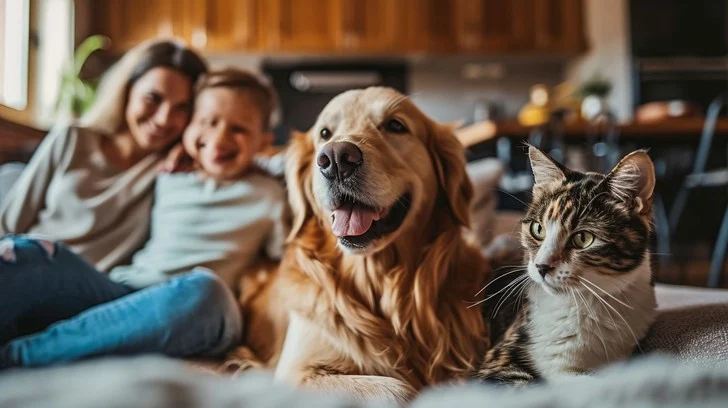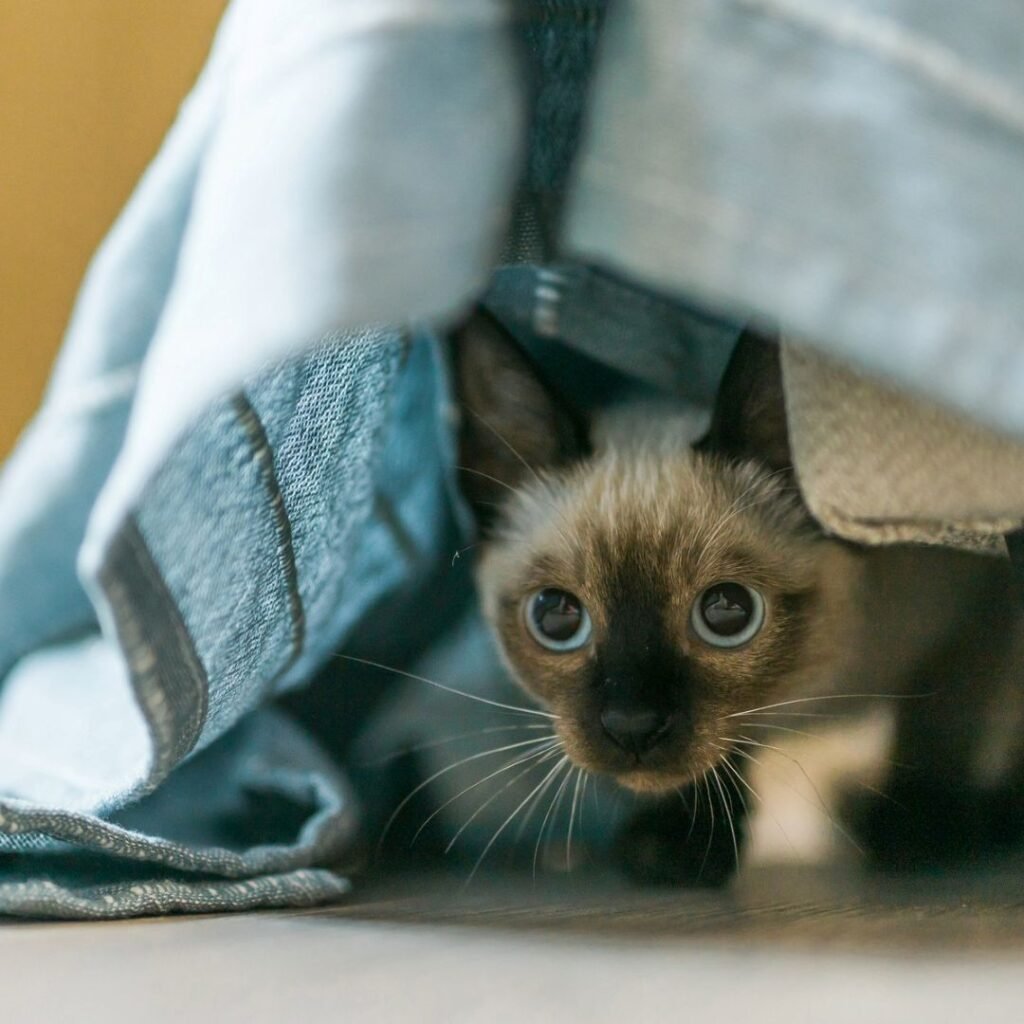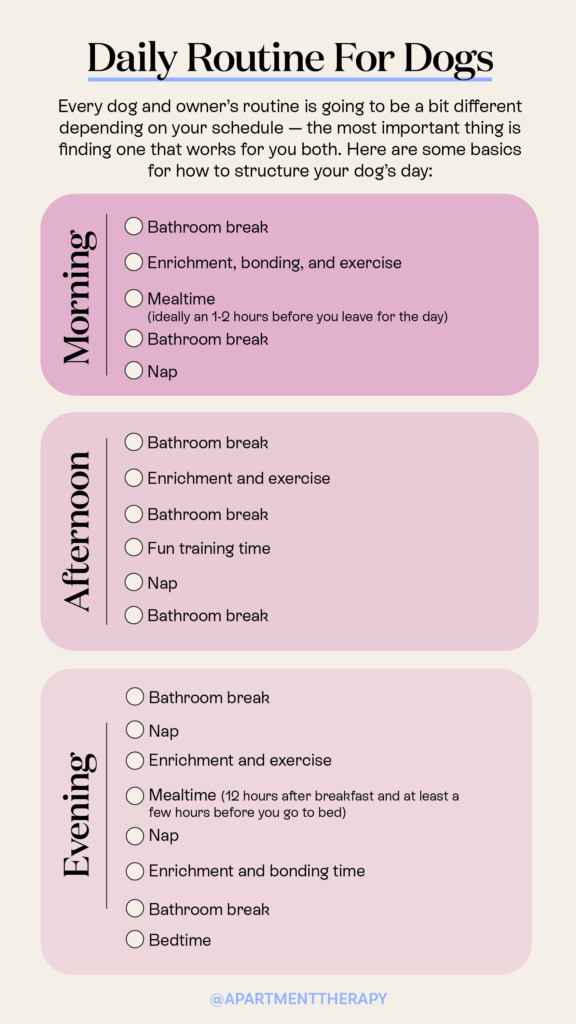A Complete Beginner’s Guide to Welcoming and Caring for Your New Best Friend

Introduction
Becoming a pet owner is one of life’s most joyful decisions—but it’s also one of the most important responsibilities you’ll ever take on. Whether you’re adopting a puppy, rescuing a kitten, or purchasing a small mammal or fish, your new companion depends on you for love, care, and a safe environment.
At PetFriends, we’ve helped thousands of pet lovers find and care for their animal companions. In this comprehensive guide, we’ll walk you through the Top 10 most important tips every first-time pet owner should know to set the foundation for a healthy and happy life together.
This isn’t just about food and walks—it’s about building trust, understanding, and a bond that will last for years to come.
🏠 Tip #1: Choose the Right Pet for Your Lifestyle
Before anything else, choose a pet that fits your living space, schedule, personality, and energy level.
Key Questions to Ask:
- How much time can you dedicate daily?
- Do you live in an apartment or house?
- Do you travel often?
- Do you have kids or other pets?
Examples:
- Busy professional? Consider a cat, guinea pig, or reptile.
- Active outdoor enthusiast? A high-energy dog like a Labrador or Aussie might be perfect.
- Live in a small space? A hamster, rabbit, or small fish tank could be ideal.
Bonus Tip: Avoid impulse decisions. Research breed or species-specific needs thoroughly before committing.

🛒 Tip #2: Stock Up on the Essentials Before Bringing Your Pet Home
Nothing says “Welcome home” like being prepared.
Must-Have Supplies:
- Food & Water Bowls – Choose stainless steel or ceramic.
- Pet Bed or Habitat – Comfort is key.
- Leash/Collar or ID Tags – Safety first.
- Litter Box or Cage Accessories – Make cleanup easier.
- Toys & Enrichment Items – Prevent boredom and anxiety.
- Grooming Tools – Brushes, shampoo, nail clippers.
- Cleaning Supplies – Accidents happen—be ready.
Pro Tip: Create a designated “Pet Zone” in your home to help your new friend adjust comfortably.
⏱️ Tip #3: Be Patient During the Adjustment Period
Your pet will be scared, excited, or confused in their new home. Give them time.
What to Expect:
- Shyness or hiding
- Excessive sniffing or exploring
- Potty accidents
- Limited appetite
How to Help:
- Give space and gentle encouragement
- Avoid loud noises and sudden interactions
- Maintain a calm tone and soft gestures
Most pets need 2–4 weeks to feel fully secure. Don’t worry if they don’t warm up right away—it’s completely normal.

🧠 Tip #4: Start Training Early (and Make it Fun)
Whether you’re training a puppy, kitten, or even a bird—early training builds lifelong habits.
Key Commands for Dogs:
- Sit, Stay, Come, Leave it
- Potty training cues
- Socialization with other animals
For Cats:
- Litter training
- Scratching post use
- Handling and gentle touch tolerance
Use Positive Reinforcement:
- Praise + Treat = Trust + Learning
- Never punish; redirect and encourage
Fun Idea: Turn training into a bonding session. Play-based learning is enjoyable for both you and your pet.
🩺 Tip #5: Schedule a Vet Visit Immediately
Even if your pet looks healthy, an initial wellness checkup is crucial.
What to Do:
- Book a vet appointment within 1–2 weeks of bringing your pet home
- Discuss vaccines, microchipping, spaying/neutering
- Ask for dietary and behavior recommendations
- Discuss parasite prevention (fleas, ticks, worms)
Keep all records organized and update them annually. A healthy pet is a happy pet.

🥗 Tip #6: Feed a Balanced, Age-Appropriate Diet
Food is medicine—and your pet’s long-term health depends on it.
What to Consider:
- Species-specific nutrition: Cats and dogs have very different needs
- Life stage: Puppies and kittens need more calories and protein than adults
- Allergies/sensitivities: Monitor for itching, digestion problems, or lethargy
- Avoid human food: No chocolate, onions, grapes, or bones
Always check food labels, avoid fillers and dyes, and when in doubt, consult your vet.
Bonus Tip: Set regular feeding times to build routine and prevent overeating.
🐾 Tip #7: Create a Daily Routine (Pets Love Predictability)
Pets, especially dogs and cats, feel secure when their lives follow a pattern.
Build a Routine:
- Feeding times: Same time each day
- Walks/playtime: Include physical and mental stimulation
- Sleep schedule: Set boundaries (e.g., crate or own bed)
- Grooming days: Make it relaxing, not stressful
A routine helps minimize anxiety, especially for rescue animals or young pets.

🧼 Tip #8: Prioritize Grooming and Hygiene
Regular grooming keeps your pet healthy and strengthens your bond.
What to Include:
- Brushing: Prevents matting and reduces shedding
- Bathing: As needed, depending on breed
- Nail Trimming: Prevents pain and posture issues
- Ear/Eye Cleaning: Reduces infection risk
- Teeth Brushing: Essential for long-term health
Bonus Tip: Start grooming early—associate it with treats and affection.
💬 Tip #9: Learn to Read Your Pet’s Body Language
Pets “speak” through their bodies. Learning their signals helps prevent problems and deepens trust.
Signs to Recognize:
- Tail position: High tail = happy; tucked tail = scared
- Eyes/ears: Wide eyes or pinned-back ears = stress
- Growling/hissing: Back off and allow space
- Play bow (dogs): Invitation to play
Pay attention to patterns. Over time, you’ll understand their personal signals of joy, fear, or discomfort.

🧡 Tip #10: Bond Through Love, Play & Patience
More than food and care, your pet needs your time and affection.
Ways to Bond:
- Daily cuddles or belly rubs
- Training and enrichment games
- Talking to them—they love your voice
- Respecting their space and pace
The bond you build in the early days sets the tone for life. Every pet is different, but all pets need love, patience, and your presence.

Final Thoughts: You’ve Got This 🐶🐱
Being a first-time pet owner is a learning curve, but it’s also one of life’s most fulfilling experiences. With the right knowledge, tools, and a whole lot of love, you’ll not only care for your pet—you’ll build a lifelong friendship.
At PetFriends, we’re here for every step of your journey—from day one to forever.
✅ Quick Checklist Recap:
- 🏠 Choose the right pet for your lifestyle
- 🛒 Stock up on essentials
- ⏱️ Be patient during the adjustment period
- 🧠 Train early and kindly
- 🩺 Schedule a vet visit
- 🥗 Feed a balanced diet
- 📅 Set a routine
